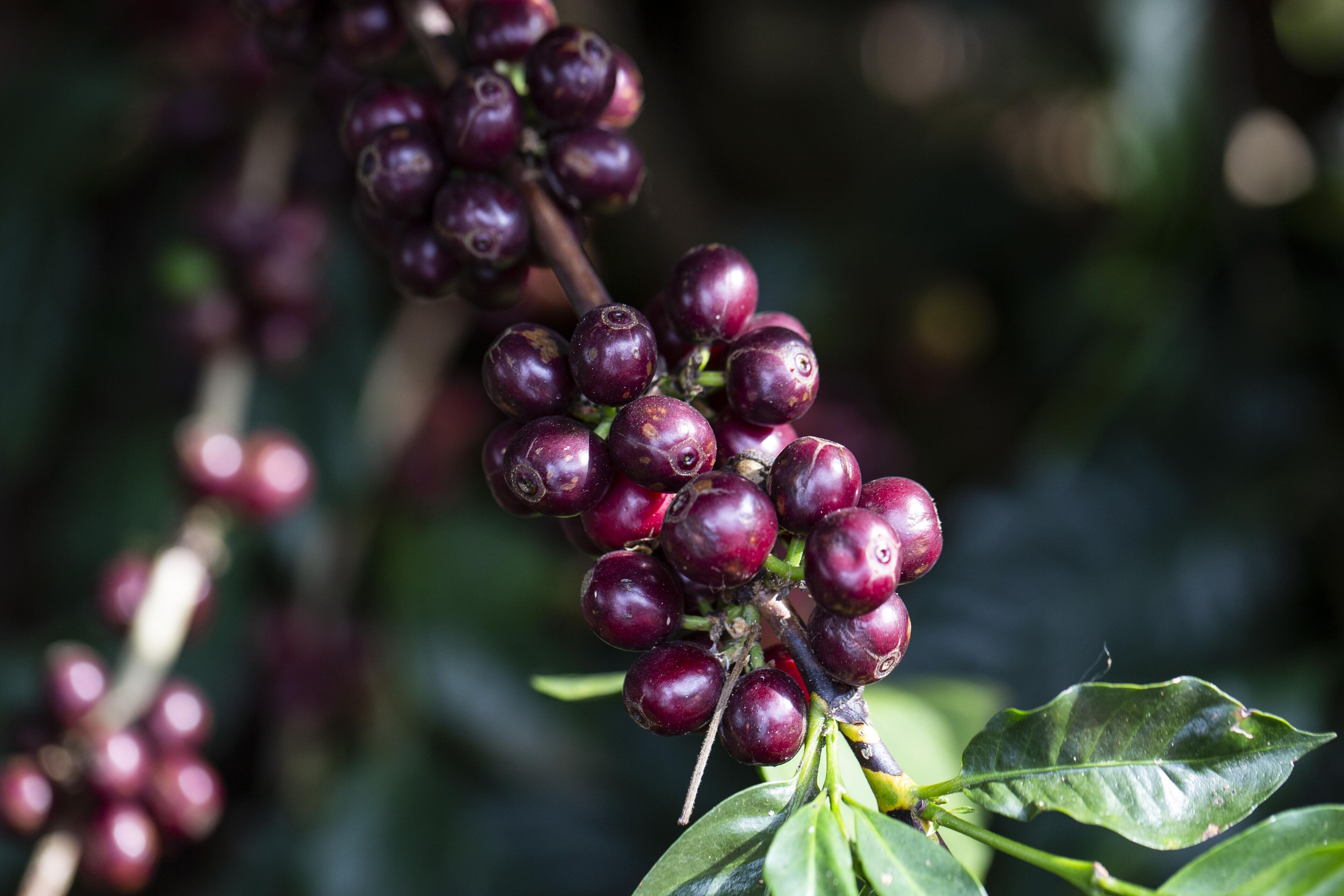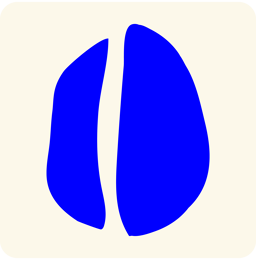DIVE INTO 10 YEARS OF SOURCINGIN ETHIOPIA
Coffees by origin
Freshly-sailed coffees from Colombia
Our Colombian coffees have finally arrived in France, carried by Artemis and the dedication of our teams. You can already find them in our catalog →
Spot price
€/kg
Spot price
€/kg
Spot price
€/kg
Spot price
€/kg
Spot price
€/kg
Spot price
€/kg
Spot price
€/kg
Our sourcing beliefs
All our coffees







